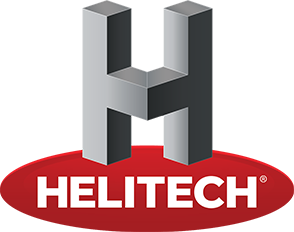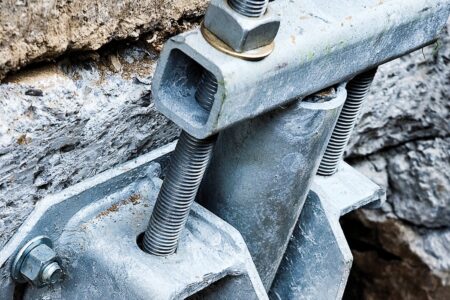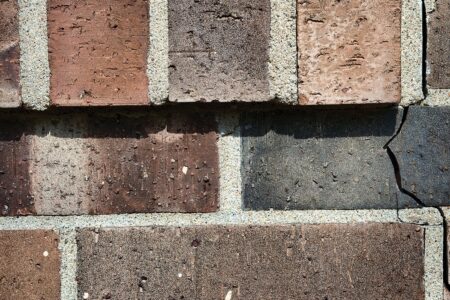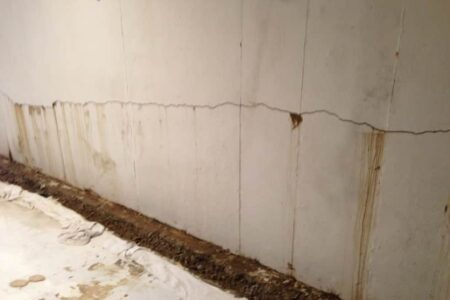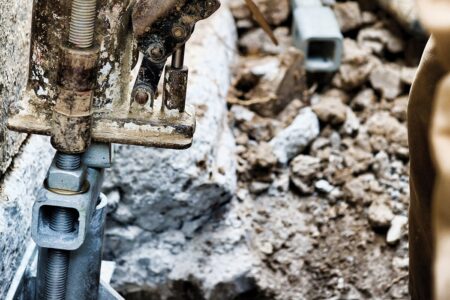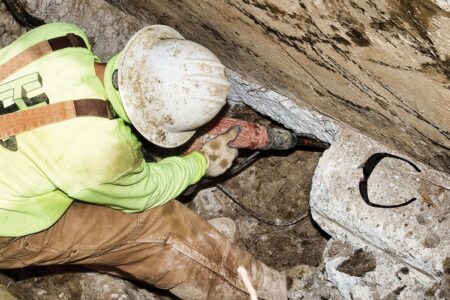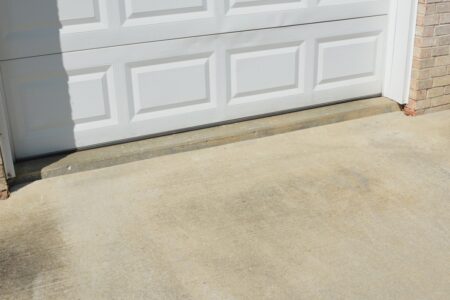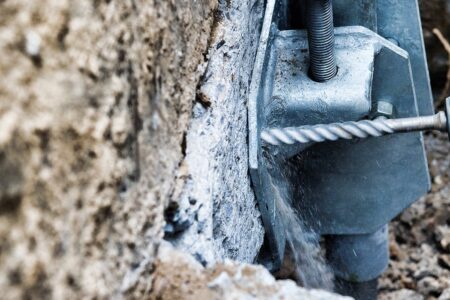Tom D.
Goreville, Illinois
I am writing to compliment (Brandon and Josh) for work completed at our house. They came at the promised time and proceeded to do their work in a timely and professional manner. They made virtually no mess or dust. They explained each step of the process, so I felt confident of their repair. Having been a licensed plumber for 36 years it was nice to see competent and professional workers. I would recommend Helitech to anyone needing similar repairs.
